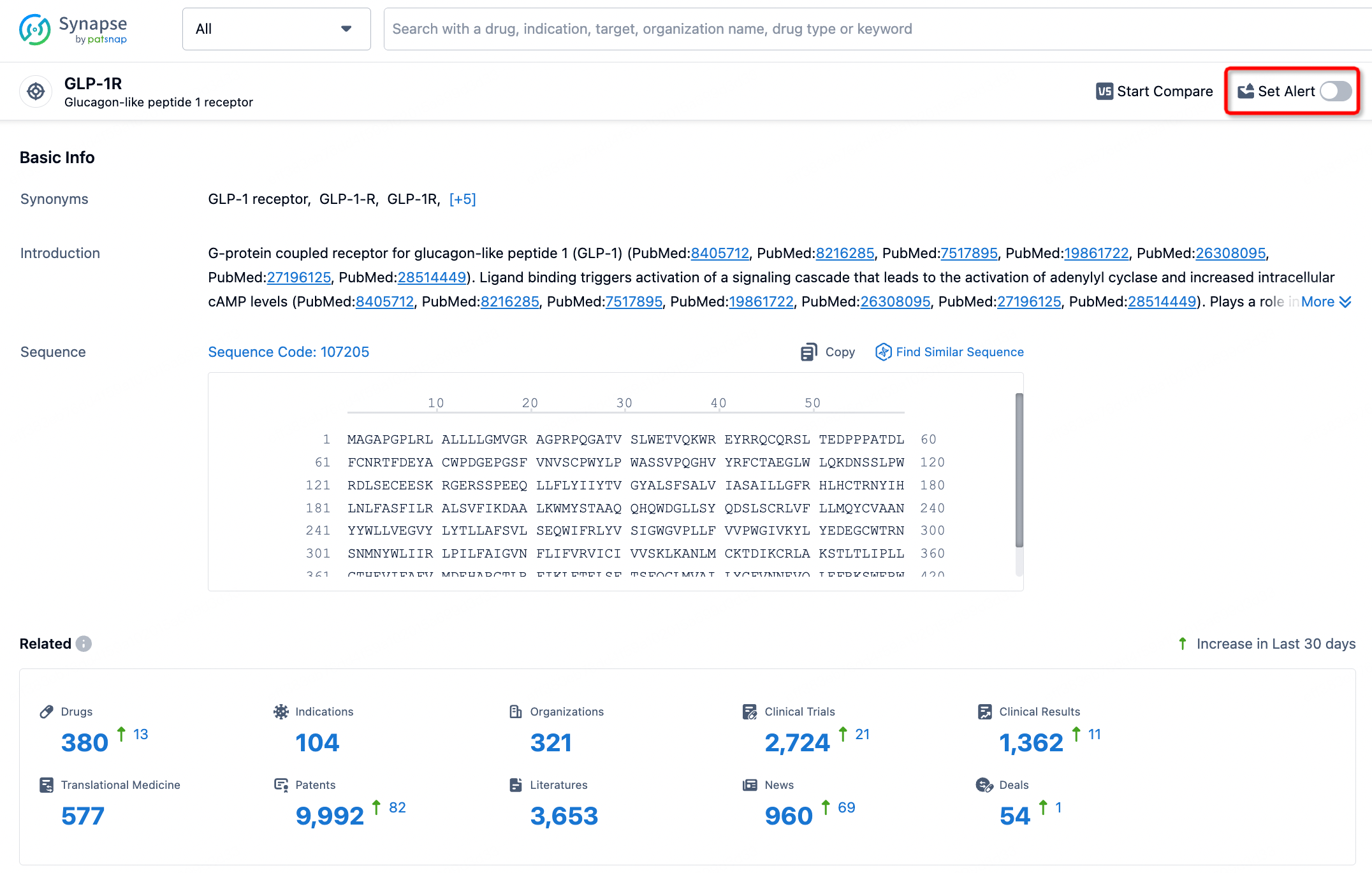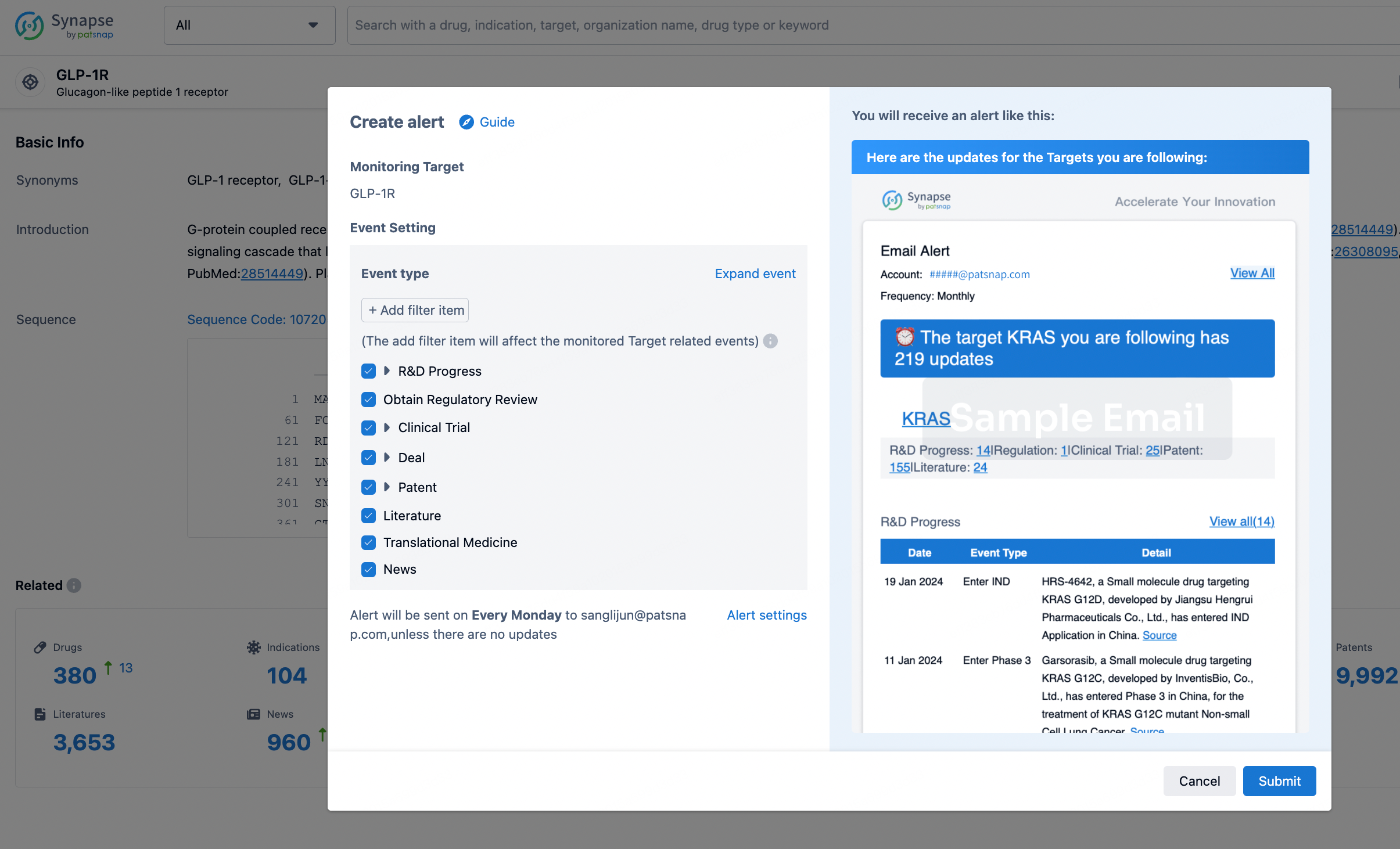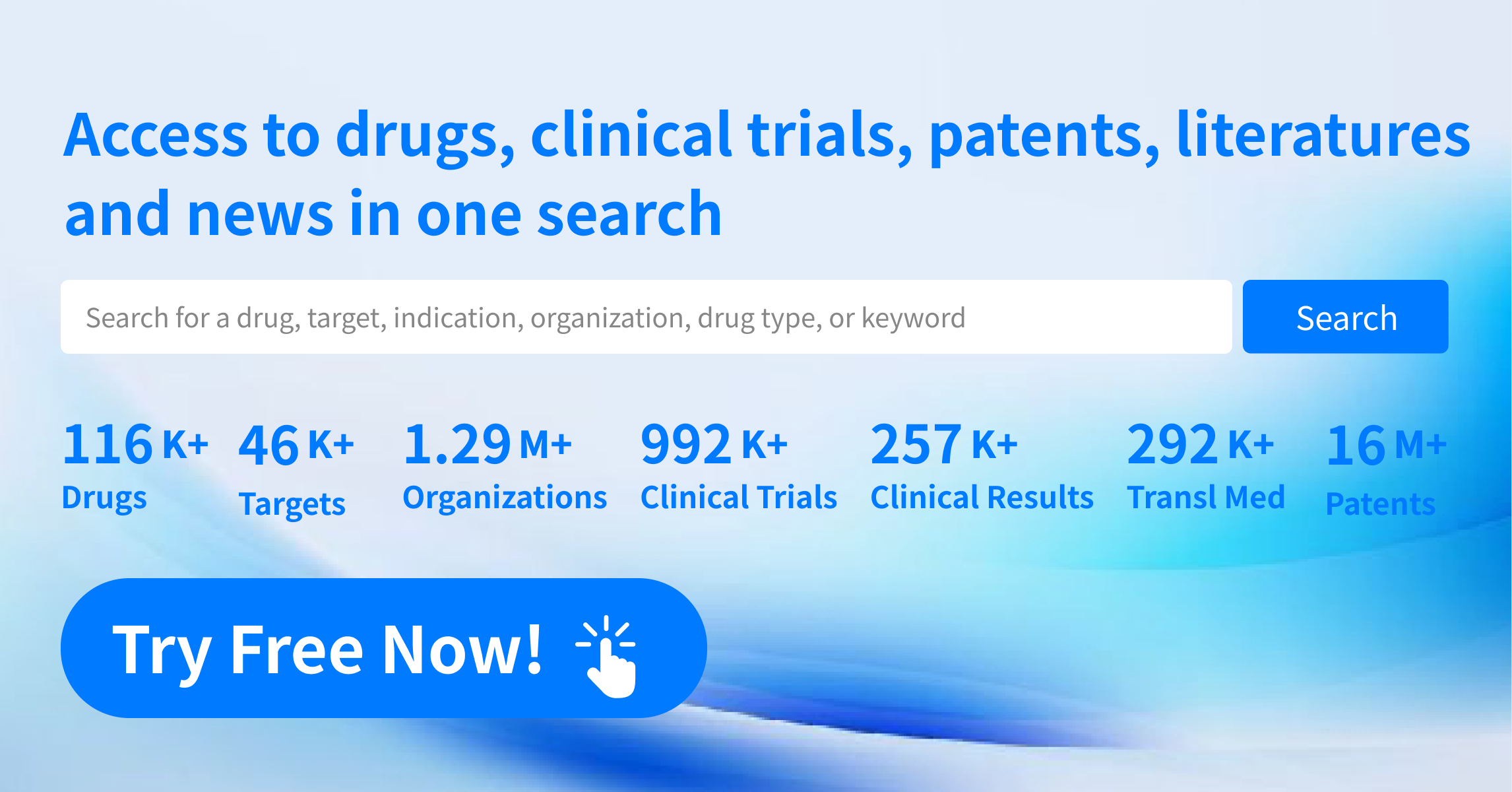Request Demo
What are PDHK inhibitors and how do they work?
21 June 2024
Pyruvate dehydrogenase kinase (PDHK) inhibitors have emerged as a significant area of interest in medical research due to their potential therapeutic benefits in treating various diseases. PDHKs are enzymes that play a crucial role in cellular metabolism by regulating the pyruvate dehydrogenase complex (PDC). This regulatory activity is critical because the PDC controls the conversion of pyruvate, a key product of glycolysis, into acetyl-CoA, which enters the Krebs cycle for further energy production. By inhibiting PDHKs, scientists aim to manipulate metabolic pathways to treat conditions like diabetes, cancer, and metabolic disorders.
PDHK inhibitors work by blocking the activity of PDHK enzymes, which are responsible for phosphorylating and inactivating the PDC. Under normal conditions, PDHKs phosphorylate specific serine residues on the E1 component of the PDC. This phosphorylation prevents the PDC from converting pyruvate into acetyl-CoA, leading cells to divert pyruvate into lactate production instead of energy generation through the Krebs cycle. By inhibiting PDHK activity, these inhibitors maintain the PDC in its active, dephosphorylated state, allowing for increased conversion of pyruvate into acetyl-CoA and subsequently boosting mitochondrial oxidative phosphorylation.
The inhibition of PDHKs results in a shift in cellular metabolism from anaerobic glycolysis to oxidative phosphorylation, which is more efficient in terms of ATP production. This metabolic shift can be particularly beneficial in tissues that rely heavily on aerobic metabolism, like cardiac and skeletal muscles, as well as in conditions where altered metabolism is a factor, such as cancer or diabetes. Moreover, by enhancing mitochondrial function and reducing lactate production, PDHK inhibitors can help alleviate symptoms and improve outcomes in various metabolic disorders.
PDHK inhibitors have shown promise in several therapeutic areas. One of the primary uses of these inhibitors is in the treatment of metabolic diseases such as type 2 diabetes and obesity. In these conditions, the body's cells become less responsive to insulin, leading to impaired glucose uptake and increased blood sugar levels. By promoting oxidative phosphorylation over glycolysis, PDHK inhibitors can improve insulin sensitivity and enhance glucose utilization, thereby helping to regulate blood sugar levels.
Another significant application of PDHK inhibitors is in cancer therapy. Cancer cells often exhibit altered metabolism, known as the Warburg effect, where they rely heavily on glycolysis for energy production even in the presence of oxygen. This metabolic adaptation supports rapid cell proliferation and growth. By inhibiting PDHKs, researchers can target the metabolic vulnerabilities of cancer cells, forcing them to rely more on mitochondrial oxidative phosphorylation, which they are often less capable of sustaining. This metabolic shift can slow down cancer cell growth and potentially enhance the efficacy of existing cancer treatments.
PDHK inhibitors also hold potential in the treatment of cardiovascular diseases. In heart failure, the heart muscle's ability to produce energy efficiently is compromised, leading to reduced cardiac output and symptoms of fatigue and shortness of breath. By increasing the activity of the PDC, PDHK inhibitors can enhance mitochondrial function and improve energy production in heart cells, thereby supporting better cardiac performance and overall heart health.
Furthermore, these inhibitors are being explored for their neuroprotective effects in neurodegenerative diseases such as Alzheimer's and Parkinson's. Mitochondrial dysfunction is a hallmark of these conditions, and improving mitochondrial metabolism through PDHK inhibition may help protect neurons from damage and slow disease progression.
In conclusion, PDHK inhibitors represent a promising class of therapeutic agents with diverse applications in treating metabolic diseases, cancer, cardiovascular diseases, and neurodegenerative disorders. By targeting the regulatory mechanisms of cellular metabolism, these inhibitors offer a novel approach to restoring metabolic balance and improving health outcomes. As research continues to advance, the potential of PDHK inhibitors in clinical practice will likely expand, offering new hope for patients with a wide range of conditions.
PDHK inhibitors work by blocking the activity of PDHK enzymes, which are responsible for phosphorylating and inactivating the PDC. Under normal conditions, PDHKs phosphorylate specific serine residues on the E1 component of the PDC. This phosphorylation prevents the PDC from converting pyruvate into acetyl-CoA, leading cells to divert pyruvate into lactate production instead of energy generation through the Krebs cycle. By inhibiting PDHK activity, these inhibitors maintain the PDC in its active, dephosphorylated state, allowing for increased conversion of pyruvate into acetyl-CoA and subsequently boosting mitochondrial oxidative phosphorylation.
The inhibition of PDHKs results in a shift in cellular metabolism from anaerobic glycolysis to oxidative phosphorylation, which is more efficient in terms of ATP production. This metabolic shift can be particularly beneficial in tissues that rely heavily on aerobic metabolism, like cardiac and skeletal muscles, as well as in conditions where altered metabolism is a factor, such as cancer or diabetes. Moreover, by enhancing mitochondrial function and reducing lactate production, PDHK inhibitors can help alleviate symptoms and improve outcomes in various metabolic disorders.
PDHK inhibitors have shown promise in several therapeutic areas. One of the primary uses of these inhibitors is in the treatment of metabolic diseases such as type 2 diabetes and obesity. In these conditions, the body's cells become less responsive to insulin, leading to impaired glucose uptake and increased blood sugar levels. By promoting oxidative phosphorylation over glycolysis, PDHK inhibitors can improve insulin sensitivity and enhance glucose utilization, thereby helping to regulate blood sugar levels.
Another significant application of PDHK inhibitors is in cancer therapy. Cancer cells often exhibit altered metabolism, known as the Warburg effect, where they rely heavily on glycolysis for energy production even in the presence of oxygen. This metabolic adaptation supports rapid cell proliferation and growth. By inhibiting PDHKs, researchers can target the metabolic vulnerabilities of cancer cells, forcing them to rely more on mitochondrial oxidative phosphorylation, which they are often less capable of sustaining. This metabolic shift can slow down cancer cell growth and potentially enhance the efficacy of existing cancer treatments.
PDHK inhibitors also hold potential in the treatment of cardiovascular diseases. In heart failure, the heart muscle's ability to produce energy efficiently is compromised, leading to reduced cardiac output and symptoms of fatigue and shortness of breath. By increasing the activity of the PDC, PDHK inhibitors can enhance mitochondrial function and improve energy production in heart cells, thereby supporting better cardiac performance and overall heart health.
Furthermore, these inhibitors are being explored for their neuroprotective effects in neurodegenerative diseases such as Alzheimer's and Parkinson's. Mitochondrial dysfunction is a hallmark of these conditions, and improving mitochondrial metabolism through PDHK inhibition may help protect neurons from damage and slow disease progression.
In conclusion, PDHK inhibitors represent a promising class of therapeutic agents with diverse applications in treating metabolic diseases, cancer, cardiovascular diseases, and neurodegenerative disorders. By targeting the regulatory mechanisms of cellular metabolism, these inhibitors offer a novel approach to restoring metabolic balance and improving health outcomes. As research continues to advance, the potential of PDHK inhibitors in clinical practice will likely expand, offering new hope for patients with a wide range of conditions.
How to obtain the latest development progress of all targets?
In the Synapse database, you can stay updated on the latest research and development advances of all targets. This service is accessible anytime and anywhere, with updates available daily or weekly. Use the "Set Alert" function to stay informed. Click on the image below to embark on a brand new journey of drug discovery!
AI Agents Built for Biopharma Breakthroughs
Accelerate discovery. Empower decisions. Transform outcomes.
Get started for free today!
Accelerate Strategic R&D decision making with Synapse, PatSnap’s AI-powered Connected Innovation Intelligence Platform Built for Life Sciences Professionals.
Start your data trial now!
Synapse data is also accessible to external entities via APIs or data packages. Empower better decisions with the latest in pharmaceutical intelligence.


